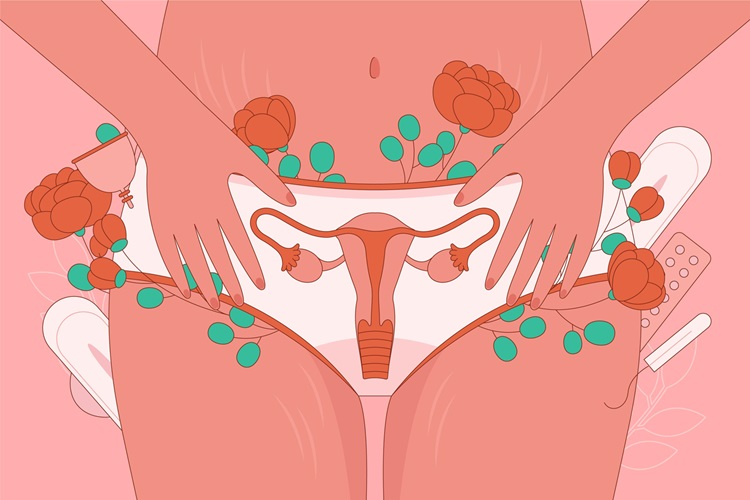How Homosexual and Heterosexual Couples relate based on Studies
Everyone is unique in their way, so it’s completely safe to assume that each relationship will be different from another, but then, there are some characteristics that certain groups have, which will result in some similarities between people from these same groups. This article will explore the differences that can appear in homosexual relationships compared to heterosexual ones; we will slightly focus more on the man with man relations due to more reports on it and mention women with women. The term homosexual will be used to refer to both types of relations. The discussions range from the sexual life in the relationship to the social and interpersonal aspects of the relationships, respectively.
The differences between Homosexual and Heterosexual Relationships
It might be possible that homosexual couples are better at maintaining the commitment in a relationship. This is founded by a report from the Williams Institute that says that only 1% of homosexual relationships dissolve each year, which is half of the 2% dissolvent of relationships seen among heterosexual couples [1]. Only using this data would not be enough to back the previously made statement, but there are even more studies and reports that support this.
Guttmann Institute compared different responses between homosexual and heterosexual couples when discussing different issues, from the mundane to the more sensitive [2, 3]. They found out that homosexual couples act less defensively and much more relaxed when dealing with these issues, even using humor and showing affection to avoid arousal when facing conflict. You could even say that they are much better at handling, not suppressing their emotions, and showing very different principles from those seen in heterosexual couples. They show much more similarities than differences on the day-to-day issues that arise in relationships, but they do differ when it comes to facing them.
Home Labor
Same-sex couples have much better principles when dividing the home labor fairly. Like their actions when dealing with issues, they communicate better and share the duties fairly while assigning the tasks based on preference rather than gender, income, work, or their position of power.
This is a much better approach when compared to the one taken by heterosexual couples, who mostly fall on traditional gender roles. In these couples, women or men with a lower income focus on the more labor-intensive tasks, such as childcare, shopping, washing, and cooking, while men or women with higher income do tasks related to the outdoor and auto. Even if it isn’t as gender-based as it has been in previous years, the roles in heterosexual couples are still based on the position of power, be it based on gender or income.
For homosexual couples, this doesn’t affect the chores that they share. Most of the homosexual couples share equally the time-consuming tasks; 64% of them, while only 38 of heterosexual couples share them equally [4].
It is essential to note that in heterosexual couples, women are still considered the primary parent, responsible for organizing, overseeing, and caring for the children and the tasks they already have, and even when working full time. A child causes a great impact on the schedule and life of a person, so it is of great importance to share these responsibilities; unfortunately, heterosexual couples still show to be lacking a lot in this area, a problem that is not present in homosexual couples.
Same-sex couples are more likely to be happy with the division of the chores and are much more likely to say that they previously discussed them. Perhaps this can be a consequence of their inability to automatically default the chores based on gender, causing the need to discuss them and have a fair division of them.
Sexual intimacy
Speaking on the differences in sexual intercourse, one great indicator can be the frequency of orgasms, where we see a great gap between the groups between the different types of couples and great differences between the gender of the person in either type of relationship.
From a sample that analyzed: heterosexual men, gay men, bisexual men, heterosexual women, lesbian women, and bisexual women, we obtained great results that show a clear gap in the frequency of orgasms between the different groups.
It is much more likely for men to say that they usually or always reach orgasm. Heterosexual men lead the frequency of orgasms during sexual intimacy, with 95% saying that they always or at least usually reach an orgasm; they are followed by the gay at 89%, and lastly bisexual men at 88%. But even with bisexual men last at 88%, they reach orgasm more frequently than women in any type of relationship [5].
Completely different from the men group, in women, we can see that the group most likely to achieve an orgasm is the lesbian at 86%, followed by the bisexual women at 66%, and lastly the heterosexual women at 65%. An increase in oral sex, duration of sexual intercourse, anal stimulation, praise and communication (asking for what they want), expression of love, deep kissing, and manual stimulation have a direct relation with greater frequency in reaching orgasms and thus a happier sexual relationship in women. It could be safe to assume that they are much more likely to achieve orgasms the more comfortable and freer they feel in their relationship.
Conclusion
With the data provided, we can conclude that there is a lot that heterosexual couples can learn from homosexual couples to improve their relationships in terms of improving their communications and how they can effectively handle their issues. Sexually we can observe that there is not a significant change between heterosexual and gay men, but we do observe a big one between heterosexual and lesbian women.
We could say that there’s no real change between the men, mainly because they’re at a great place in either type of relationship; thus, they see no need to change anything. But this may also be the cause of heterosexual women having the lowest frequency of orgasms; men tend to act selfishly and don’t consider the needs of their female partners, and in same-sex female partners, we can see more communication and consideration between them partners during sexual intercourse. Heterosexual men need to have better consideration for the needs of their partners and not in a selfish manner.
I’d like to reiterate that there is a lot that heterosexual couples need to learn from homosexual ones, especially men. But this doesn’t mean that any relationship can be considered perfect. Each one can have different problems and difficulties that they’ll need to solve uniquely. We should always consider how we can improve our relationships and always consider our partners.
Written by: Alejandro Horowich








Comments (0)